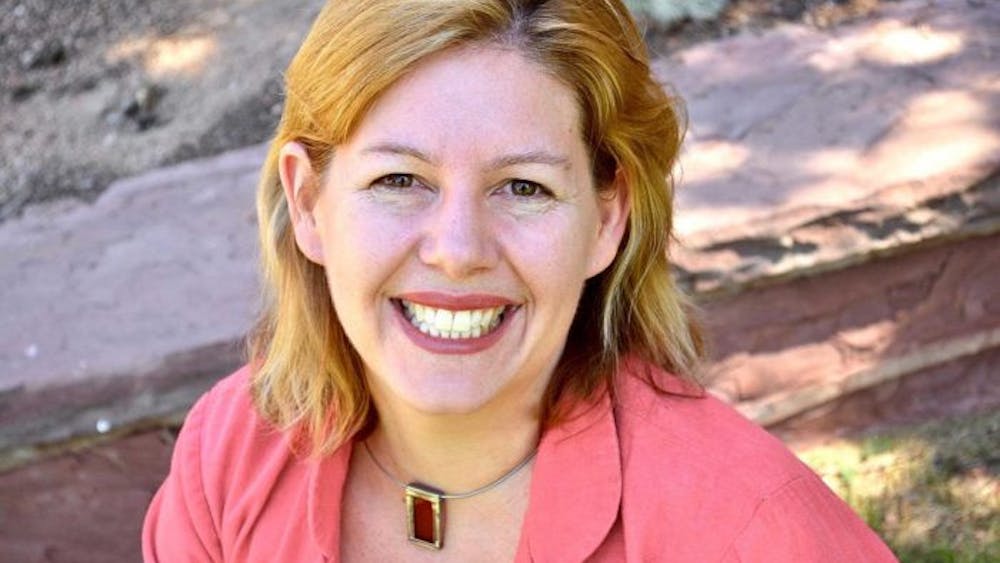On July 4, 1776, our Founding Fathers declared that men “are endowed by their Creator with certain unalienable Rights, that among these are Life, Liberty and the pursuit of Happiness.” Today, many people are, due to a lack of access to readily available health care services, prevented from pursuing their natural rights because of the inefficiency and waste of the United States health care system.
The United States does not have a single-payer health care system. It operates on a market-based health care system which is supplemented by Medicaid and Medicare. Of the people who are insured, it is estimated that 54 percent of the population receives health insurance from employment-based programs. Another 16 percent of the population is covered by Medicare, a federal program established to cover the elderly, and almost 20 percent of people are covered by Medicaid, a program created to insure people in poverty. Under this system, almost 10 percent of the population is uninsured, and in the American health care system, being uninsured can carry some severe consequences. If a person without health insurance happens to become sick or injured, they will have to pay for their procedures and medicine on their own, and medical expenses in the United States are not cheap. For example, a heart bypass surgery in the United States costs $75,345. This price is over $30,000 more than in Australia, the country with the second highest price. Other procedures like appendectomies, MRIs, and CT scans follow the same trends. In addition, pharmaceuticals are also routinely more expensive in the United States. People without health insurance often flounder under these heavy medical costs, and when they go bankrupt, the U.S. taxpayers pick up the bill. The Affordable Care Act went some way to fix this problem. Through Medicaid expansion, allowing people under the age of 26 to stay on their parent’s health insurance, and the coverage of people with pre-existing conditions, the Affordable Care Act has helped 20 million people gain access to health insurance, but even with this reduction in the number of people who are uninsured, there are still far too many people who are left without access to quality health insurance.
The bargaining power a single-payer health care system would provide would drive down medical costs just like it has in countries like Australia, Canada, Denmark, France, Germany, Japan, Netherlands, New Zealand, Norway, Sweden, Switzerland and the United Kingdom. The United States spends more on health care than all of these countries. In 2013, the United States spent 17.1 percent of its GDP on health care costs. That is almost 50 percent more than the its closest competitor. Its average per capita spending is $9,086 compared to the next highest of $6,325. The United States spends more public money on health care than every country except Norway and the Netherlands, and private spending is higher in the U.S. than in any other country. These statistics are simply astonishing when you take into account the United States’ comparatively low life expectancy (78.8 years) and surprisingly high infant mortality rate (6.1 deaths per 1,000 live births). In addition, U.S. citizens have access to fewer hospitals and visit their physicians fewer times than their peers in other countries.
However, it does not have to be this way. The adoption of a single payer health care system would allow the government to bargain with medical companies to ensure we are getting the best prices possible. It is believed high health care costs are one of the main reasons for the United States’ ridiculous overspending on health care, and this would go a long way toward fixing this problem. A single-payer system would also insure the 10 percent of people who live without health insurance and with the fear they might become sick and find themselves in financial ruin while also improving public health. Studies have also shown that people who have health insurance tend to take less sick days, so economic productivity will also be benefited. All in all, moving to a single payer health care system will allow many people to finally enjoy their right to “life” and “the pursuit of happiness” while also driving down health care costs for every single American.
Steven Higgins
freshman
Sept. 20













